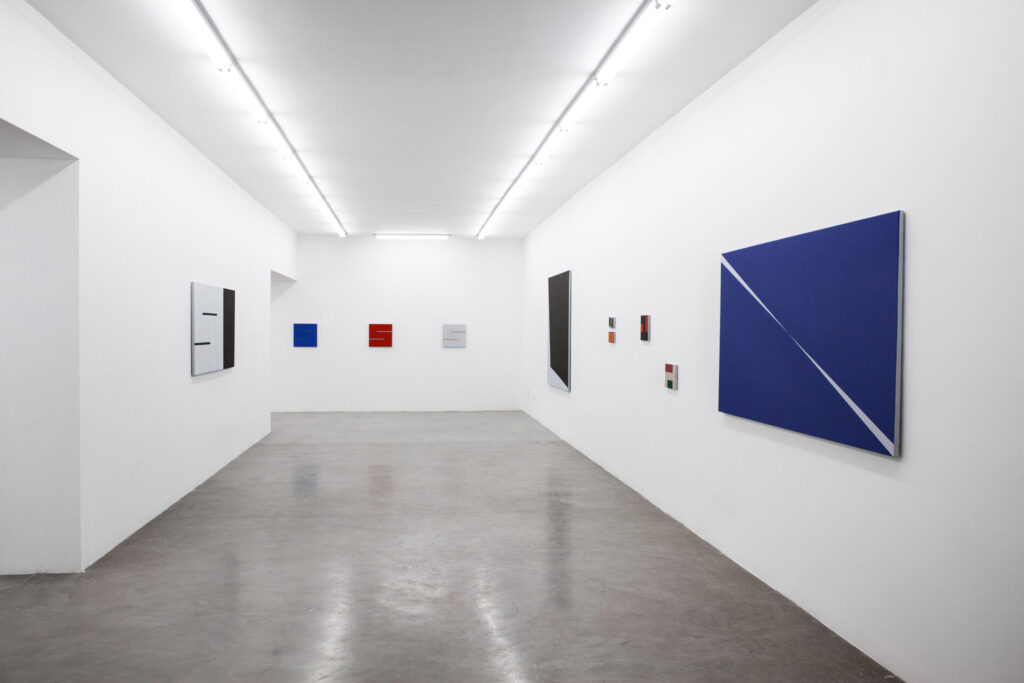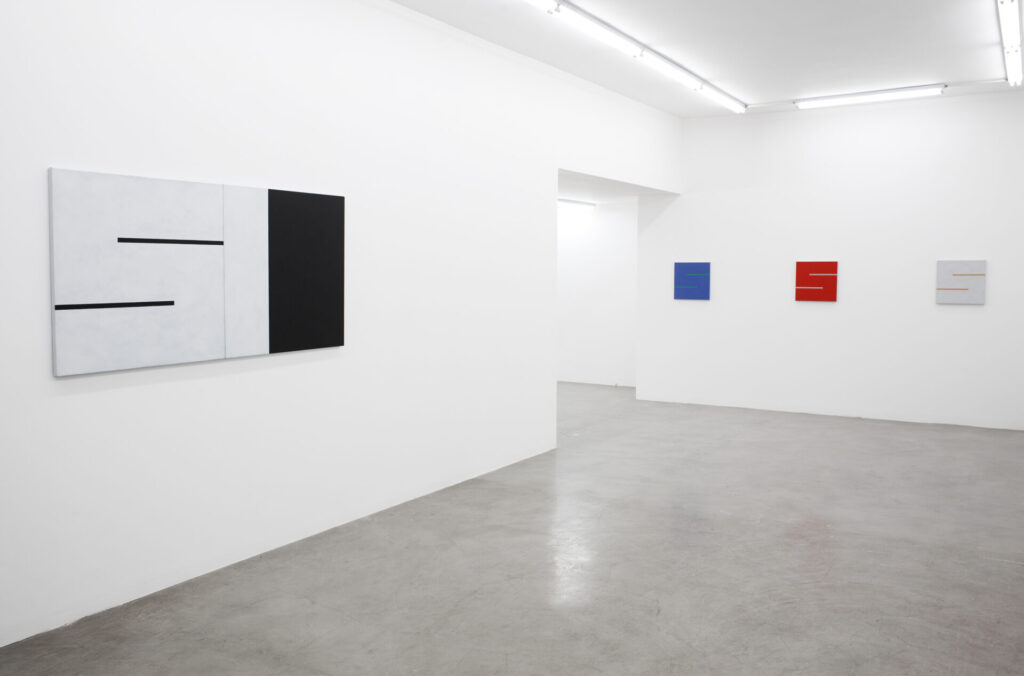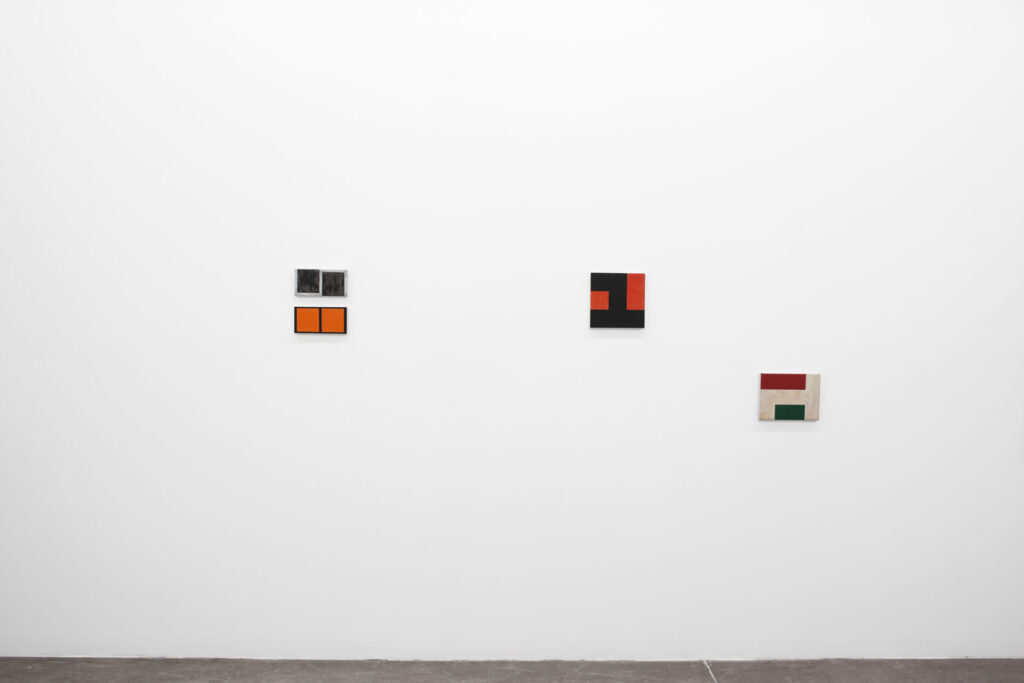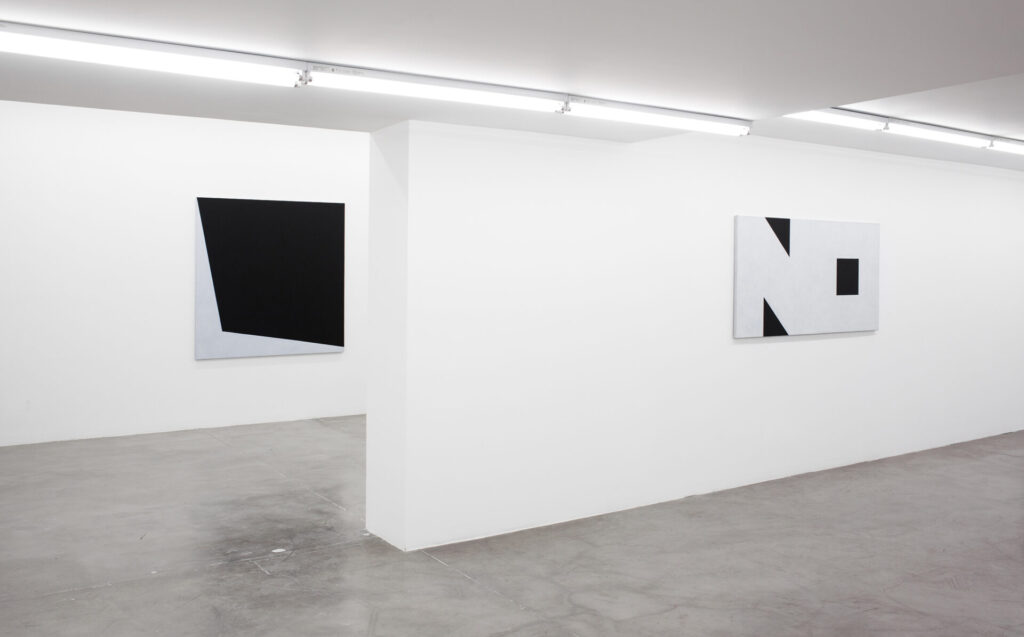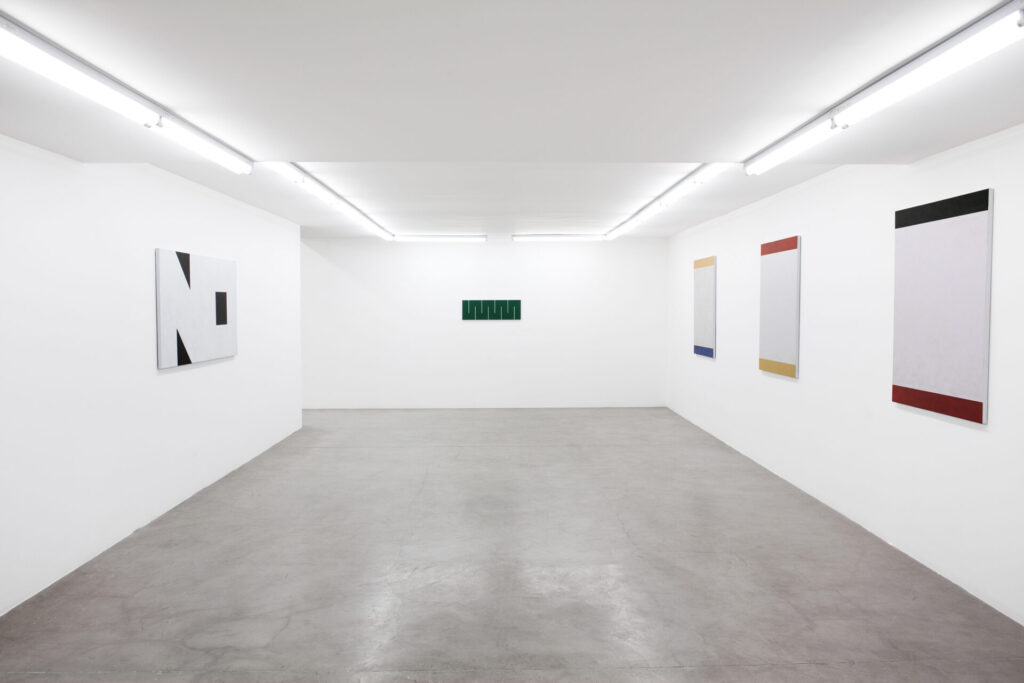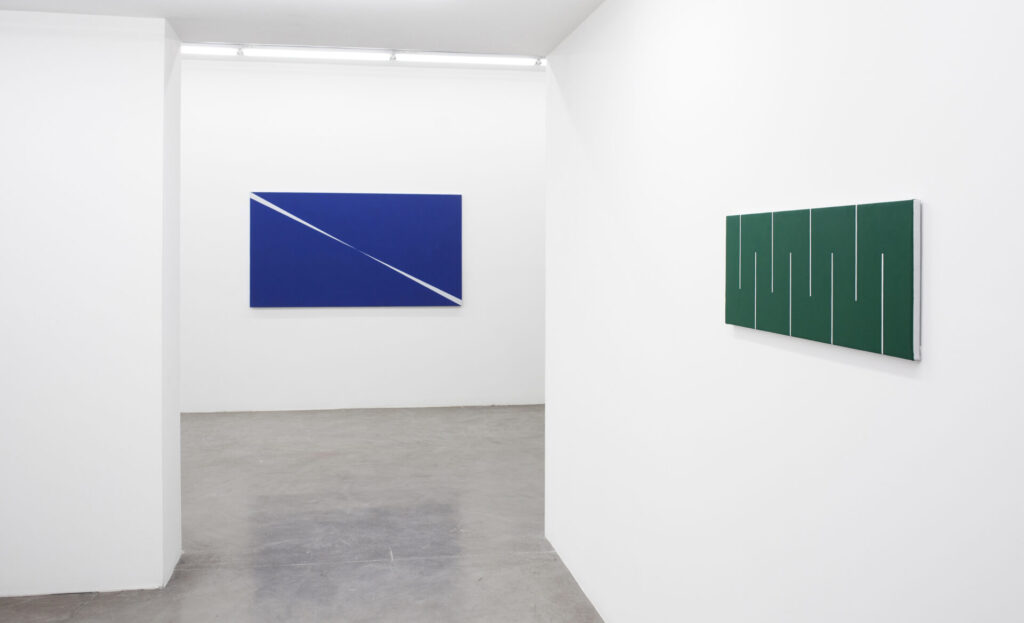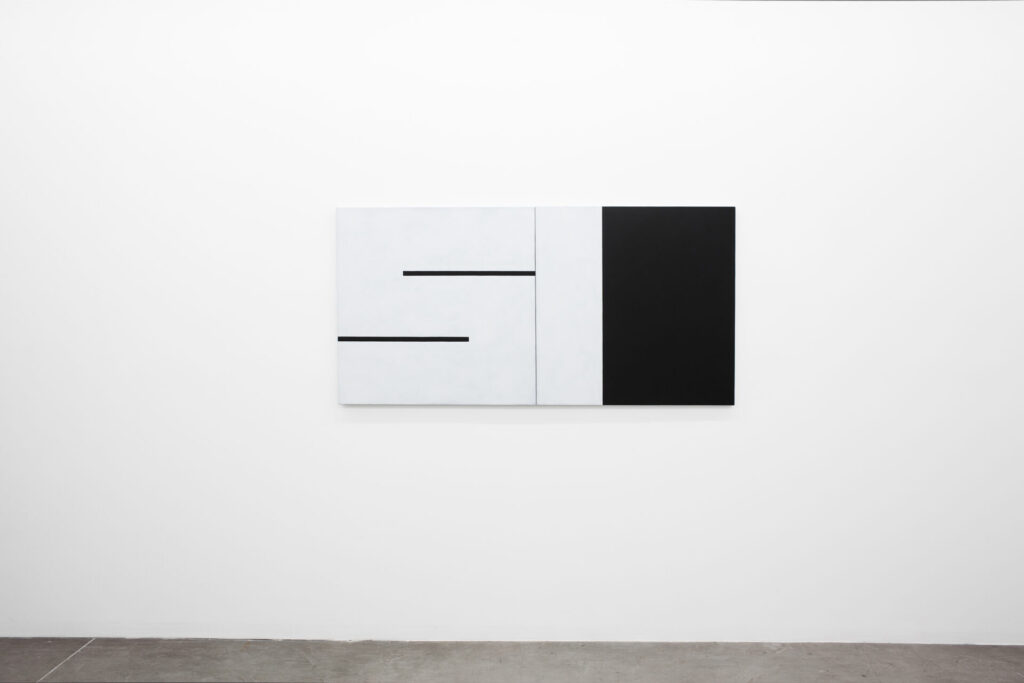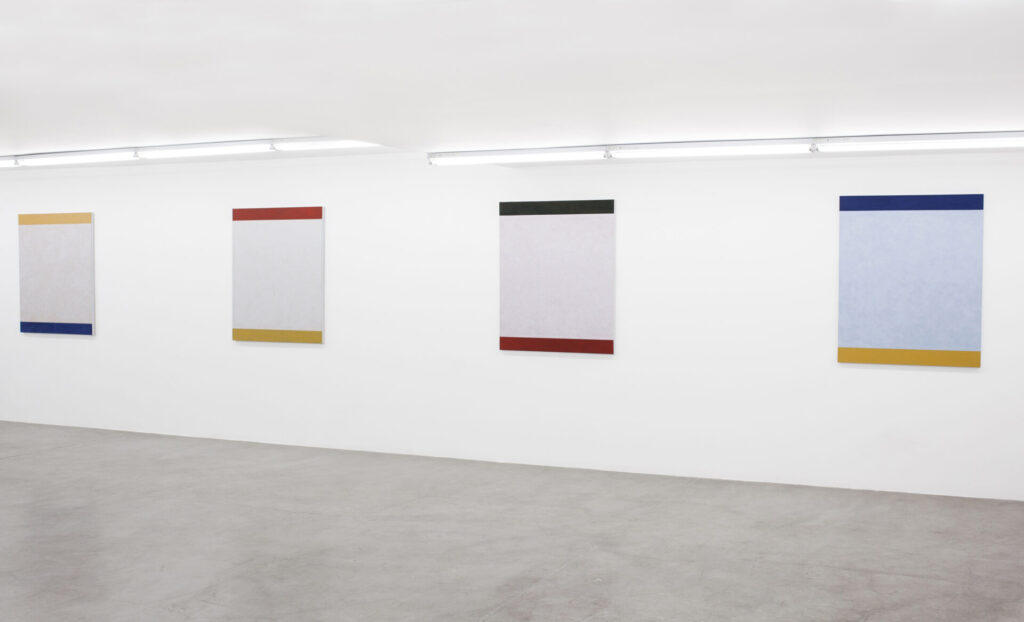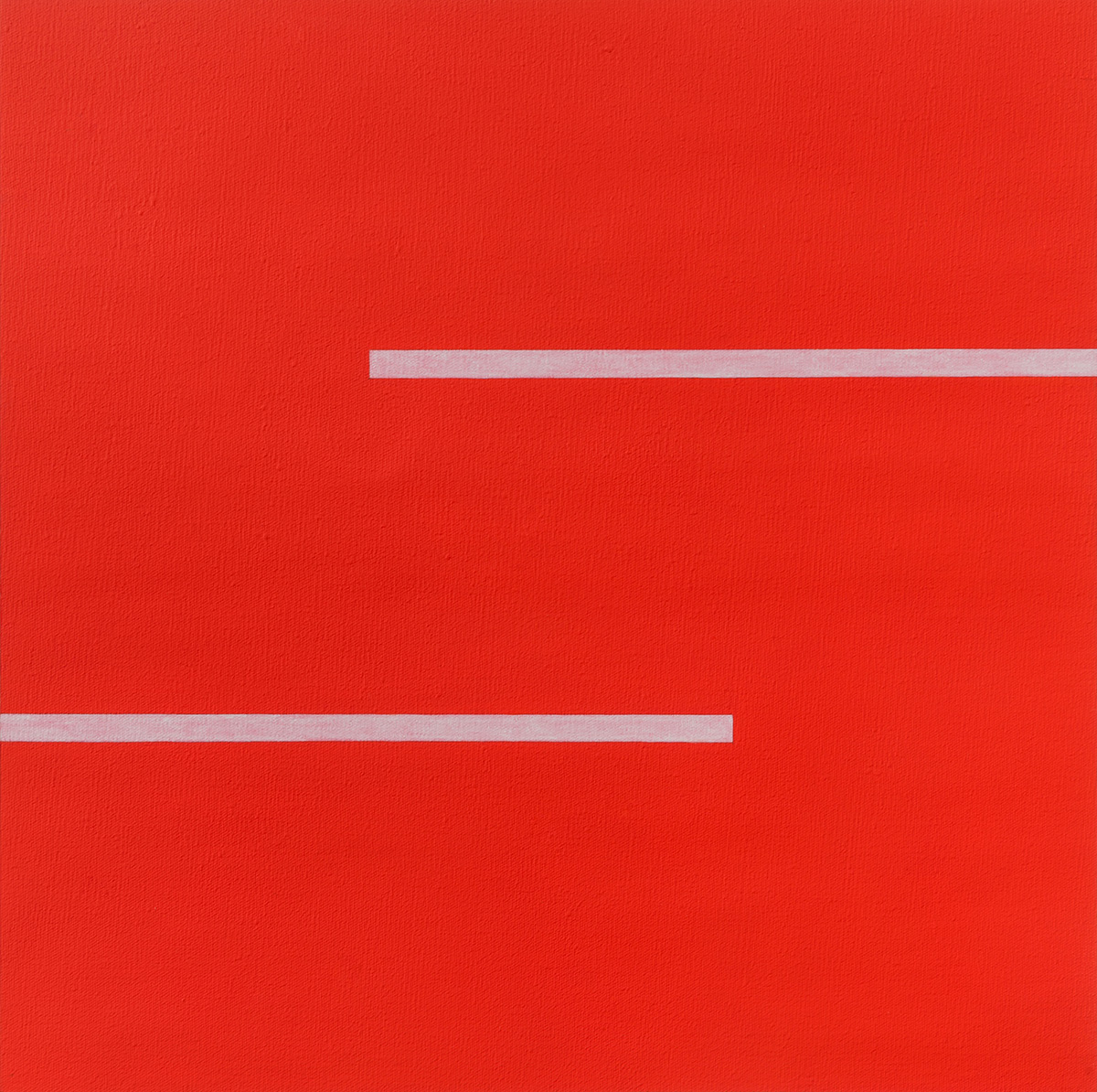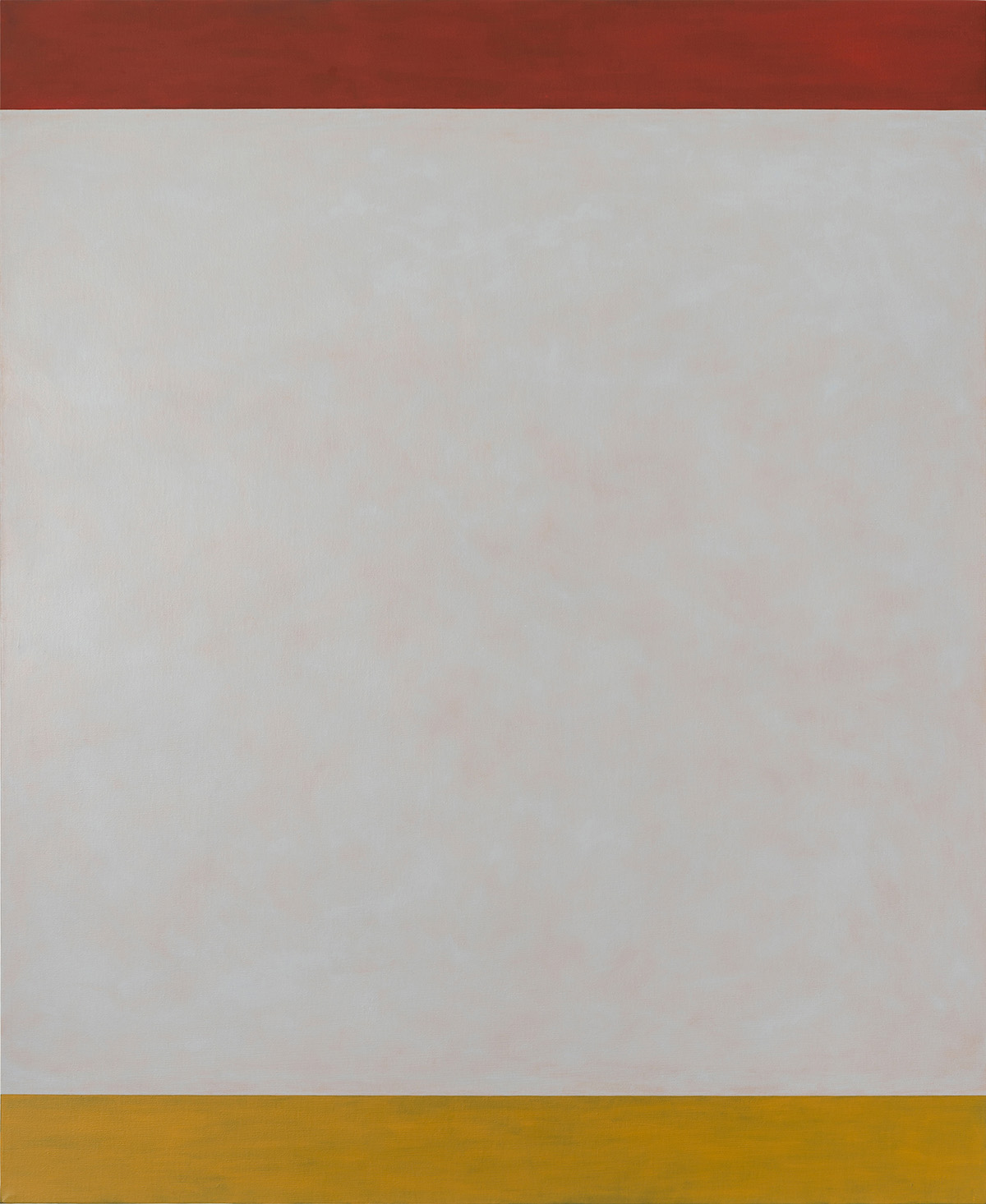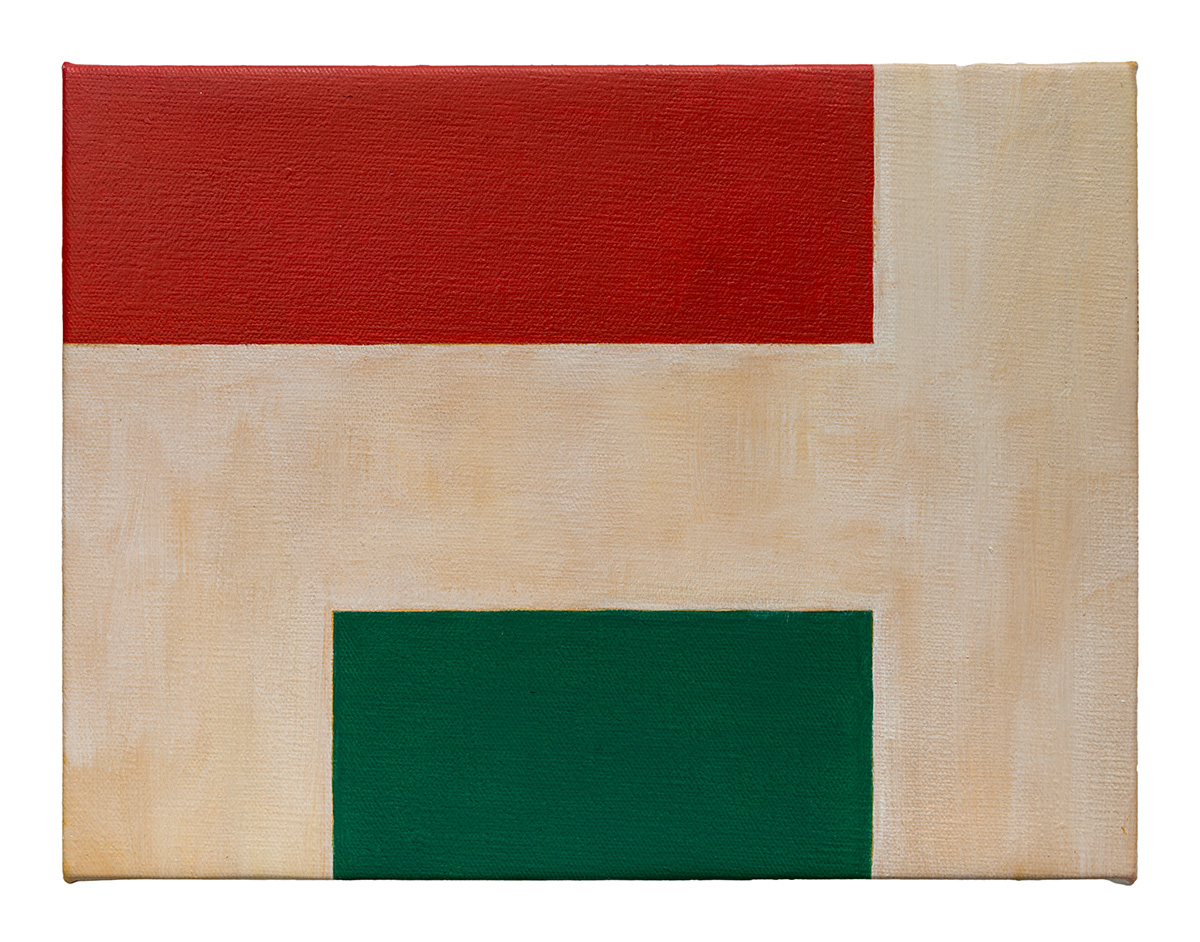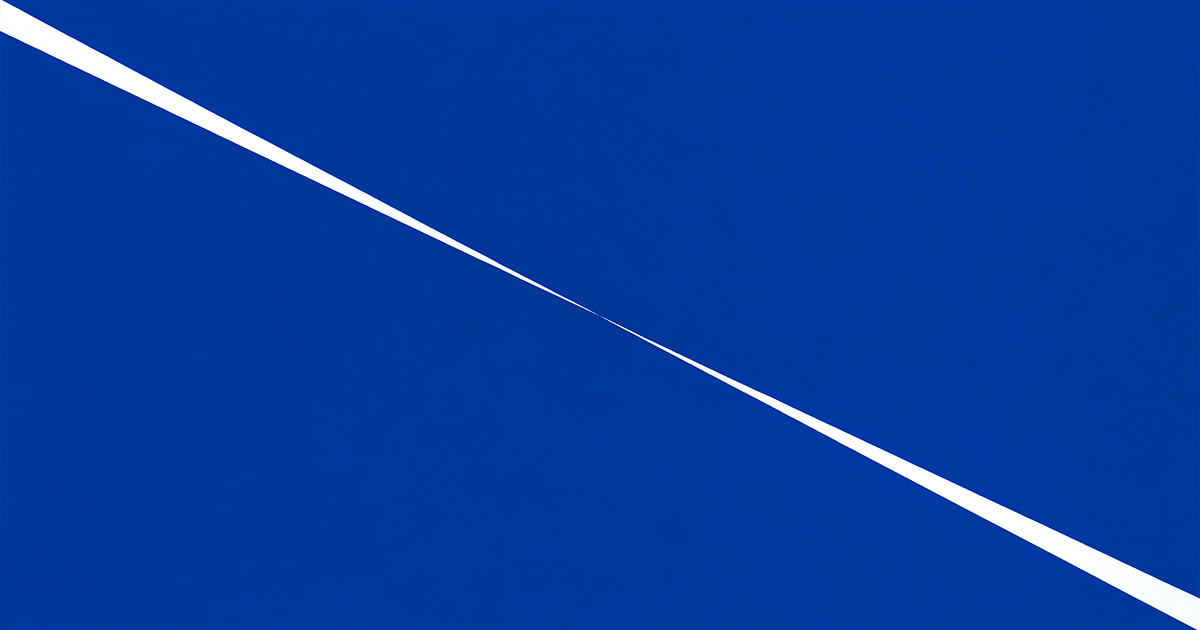SERÉ FELIZ
GILDA PICABEA
CURATED BY JUAN JOSÉ CAMBRE
JUL 26. — SEP 3. 2016
exhibition view
Ph. Ignacio Iasparra
obras
TEXT
I´LL BE HAPPY
“If art teaches anything (to the artist, in the first place), it is the privateness of the human condition. Being the most ancient as well as the most literal form of private enterprise, it fosters in a man, knowingly or unwittingly, a sense of his uniqueness, of individuality, of separateness—thus turning him from a social animal into an autonomous ‘I.’ (…) This flight is the flight in the direction of ‘uncommon visage,’ (…) in the direction of autonomy, in the direction of privacy.”1
Gilda Picabea in her attic.
The show is mostly ready; she has finished a number of paintings and, though others are still in progress, the plan is air tight. She even knows how she is going to hang the works—and it’s impeccable, like the color of her paintings.
“Geiser know for example that:
When climbing a ridge at two in the morning, one needs no lantern, so bright is it above the glaciers, even when no moon is shining; the rock is the color of bone not gray or black, but pale like a bone, and since there are no shadows it seems unreal, even from close up; but one cannot deny it is there, icy to the touch and hard as steel; not solid rock—here and there is crumbles when one tries to get a grip, and splinters go scattering downward. Not a sound except for those one is making oneself; now and again the sharp ring of an ice pick tapping against rock; otherwise, it is as still as the moon. The peaks and towers seem a jumbled mass when one glances up at them during the night; but later, in the first rays of the sun and against the blue morning sky, they look like yellow amber, while the Zermatt valley is still lying in shadow. . .”2
The color in Gilda’s paintings holds, frozen, the path of her work.
“Words must be gathered as if in a dance. In some way, the speech of bards is musical. The writer also performs. And the resulting show is always more important than the text itself.”3
“I use the most basic resources to lay out the drawing. I never use masking tape for the lines or for the borders between planes, but work very slowly with a thin brush. It is, for me, one of the most pleasurable parts of painting—if painting can be pleasurable. Then, when I am filling in the planes with wider brushes, I feel a sense of freedom, even when I have to sand away a color that I don’t think works once it has dried in order to paint over it. Those are two contrasting moments in my bodily stance before the painting. And I do everything I can along the way to avoid applying the final varnishes that end up, it seems to me, unifying the planes.”
I suggest we include a small earlier painting—a square divided into two fields of color by an off-center diagonal: red in the upper left and orange in the lower right: Seré feliz [I’ll Be Happy] (oil on canvas, 48 x 48 cm). Gilda agrees, optimistic…
The title comes from a painting by Fautrier, the wonderful French informalist. Nothing would seem to tie that work to Gilda Picabea’s production. Its trace lies in the real: that which evokes an origin at the very instant when it attests to its disappearance.*
“My only qualm is the nostalgia I feel for a youth where exigency could be sovereign, where passion never seemed to merit mistrust. I was mistaken, but while inexperience does strike me as woeful, the need for experience is the defect of obtaining it; if we were so moved by childish babble, our deep thoughts would never have the lightness that measures their depth.”4
Though Gilda knows perfectly well what the painting will be like, each of her works is experimental. It partakes of the magic of poetry.
“The same thing surfaces in all my paintings: absence, distance, attachment and detachment, convergence and divergence. These more recent works differ from the earlier ones with the curves in that the images have become more tragic in some sense. The reduction of the resources in the painting was, in part, what allowed that to happen, though I am not sure which came first. I feel that, with the passage of time, my ‘impulse’ to paint has become meaningful again and that that makes itself felt in my painting—or at least I hope it does. If there is one thing that sets this group apart from the one that came right before, it is—I think—repetition, not only of elements but also of images (I say ‘repetition,’ but it might be an even greater limitation here than in the earlier works with the letter S, for example, or the stretches of color). The whole process might be like heading towards the middle of a spiral where the movement is less and less perceptible.”
“And the voice is double because the vision is double, the vision that observes and the vision that beholds the one who observes, the eye of Apollo and the eye of Python that lies hidden within him, the nymph that blossoms in the invisible.”5
Finalmente creó una serie de nuevas telas, pequeñas. A mi modo de ver : una clave para la contemplación In the end, she created a series of new canvases, small ones. They are, to my eye, a key to the contemplation of her work, the opening to another. And so, in conveying her delight, Gilda Picabea turns the receptor into the emitter.
Juan José Cambre
Buenos Aires, July 2016
1 Joseph Brodsky, La conferencia del premio nobel
2 Max Frisch, El hombre aparece en el Holoceno
3 Marcelo Cohen, Música prosaica
*Giorgio Agamben, La potencia del pensamiento
4 Georges Bataille, Carta a Yves Breton
5 Roberto Calasso, La locura que viene de las ninfas
